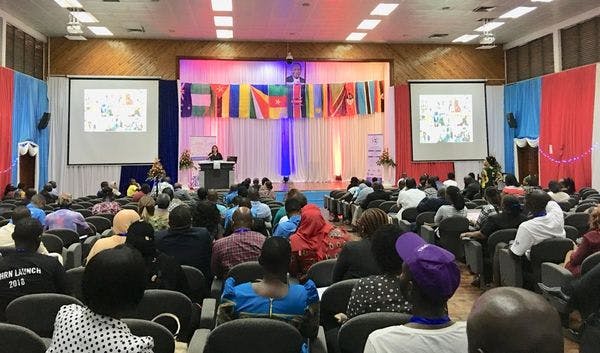Naomi Burke-Shyne
Eastern Africa makes strides towards balanced drug policies
Challenges related to the drugs trade in Eastern Africa are far from being resolved.1 While it used to be mostly a transit point, domestic demand is increasing. In 2012, Africa is estimated to have received about 9% of the global heroin trade.2
The increase in drug consumption in the region has presented new challenges to public health and security. Indeed, in the context of the region’s HIV epidemic and widespread criminalisation and exclusion of people who use drugs, an uptick in consumption has been associated with increased HIV transmissions, especially among people who inject drugs. Statistics for other bloodborne diseases, such as viral hepatitis (especially hepatitis C), show a similar trend. The response by most healthcare systems in the region has left significant gaps.
Supply suppression and demand reduction have remained the key strategies by most African governments to manage the drugs trade and consumption. These two approaches have traditionally missed opportunities to address harms among people who use drugs, negatively affecting health and social outcomes.
In Eastern Africa, countries such as Mauritius, Kenya and Tanzania have managed to take bold steps to initiate harm reduction strategies and interventions which have proven effective in mitigating drug-related problems. In these three countries, needle-and-syringe programs (NSP) and medically assisted treatment in the form of methadone (OST) have been introduced, primarily seeking to reduce HIV infections among people who inject drugs.
Advocates across the region saw the need to create a platform to allow like-minded stakeholders to come together to increase knowledge and share different strategies and experiences in harm reduction programming, whilst also defining the value of harm reduction policies in the region, and across Africa as a whole.
The first Eastern Africa Harm Reduction Conference (EAHRC 2018) was held from 26th February to 1st March 2018 in Kenya Nairobi – with the theme of ‘Leadership and Innovation for Harm Reduction in Africa’. The conference was hosted by KANCO (a member of the IDPC network) and brought together over 600 participants from more than 20 countries. This gathering also saw a number of government representatives and UN agencies actively participate at the conference, and it was a rare opportunity to have a critical mass of individuals who support harm reduction in the region. There was also a good attendance from drug user activists from the region, especially in the community village.
The three-day conference saw a number of presentations, workshops, panel discussions, community events, and many more. It was indeed a rare opportunity for Eastern Africa to have a conversation about drug policies that are progressive and that put people and communities first. This was evidenced in the address by Hon. Cicily Kariuki, the Kenyan Cabinet Secretary of Health, who stated that her Government was committed to ensuring that nobody was left behind when it comes to providing universal health coverage. She admitted that the progress in harm reduction services and policy reform in the region is quite slow but was hopeful that the conference would deepen the discourse around these issues and help build a movement.
Regional bodies such as the Africa Union were also represented. Jane Marie Ong’olo, Programme Manager at the Africa Union, called on member states to dedicate more resources to harm reduction, and stated that countries needed to support one another in developing the right structures and policies that promote harm reduction.
In the framework of the Conference, IDPC organised a members’ meeting and a Support Don’t Punish training workshop for participants. This was an opportunity to share experiences on the campaign and how it has been used as a tool for advocacy in the region for change. The workshop attracted more than 30 participants.
The conference also saw the launch of the Eastern Africa Harm Reduction Network and ended with the drafting of the Nairobi Declaration on Harm Reduction, which calls on governments from the region to commit to developing enabling environments for the deployment and scale up of harm reduction services.
[1] https://www.unodc.org/wdr2016/ [2]https://www.usaid.gov/sites/default/files/documents/1860/Development_Response_to_Drug_Trafficking_in_Africa_Programming_Guide.pdf
